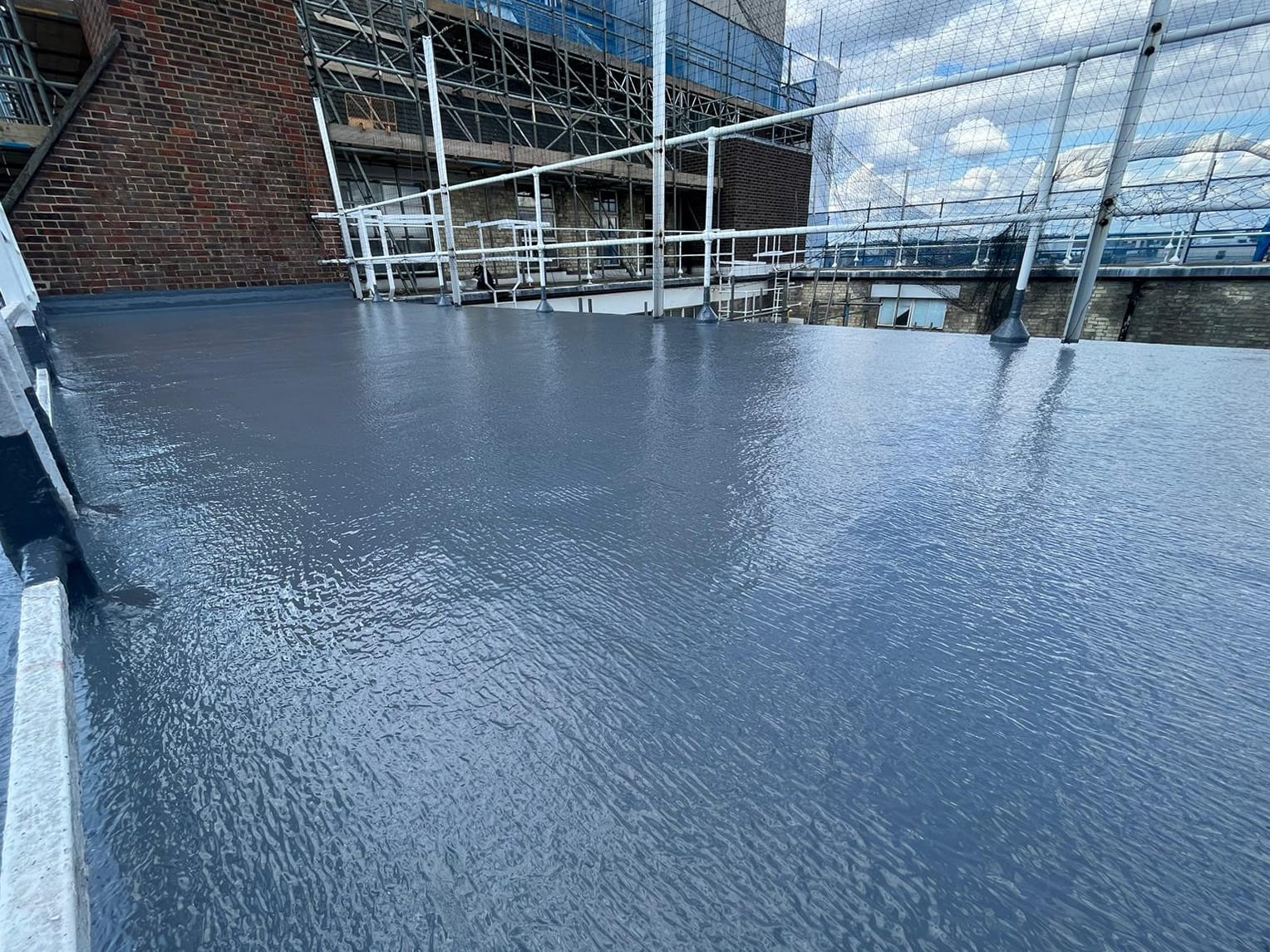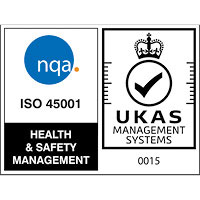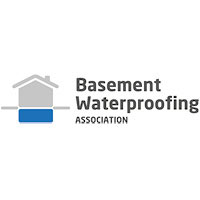Rising Damp
The problem of rising damp can arise for various reasons – the failure of an existing damp proof course (DPC), bridging due to the raising of external ground or internal floor levels, or in older buildings, the complete absence of a damp proof course. Rising damp is unhealthy, unsightly and can lead to timber decay and heat loss.
Brick, stone and mortar are porous allowing damp from the ground to rise by capillary action, carrying with it ground salts including chlorides and nitrates. Salts left by rising damp can absorb moisture from the atmosphere leading to wall dampness in conditions of high relative humidity. Also the cyclical nature of crystallisation and rewetting can ruin decorations and break down internal plaster.
Current methods of damp proofing include the following.
Silane Diffusion
Utilising a concentrated, thixotropic silane / silicone cream to form a barrier against rising damp. As the cream slowly diffuses, it releases a silane vapour which reacts with the silica in the masonry to form a water repellent resin.
Siliconate Transfusion
The gravity-fed transfusion units allow a slow, even distribution of the siliconate fluid into the wall and to form a damp proof barrier, but unlike pressure injection, there is no wastage via hidden fissures or voids.
Siliconate Injection
This method is sometimes recommended, primarily for 112mm single brick walls. The fluid is injected into the wall with single lance under low pressure to form the barrier against rising damp.
Liquid DPC
This method is a two coat, cold applied damp proof membrane, which dries to a uniform gloss black finish. It is typically used as a tanking membrane in accordance with BS8102: 1990, damp proof membrane to ground floors and as a vapour barrier behind cladding and plaster. It can can also be used and an effective barrier to Radon Gas.



















